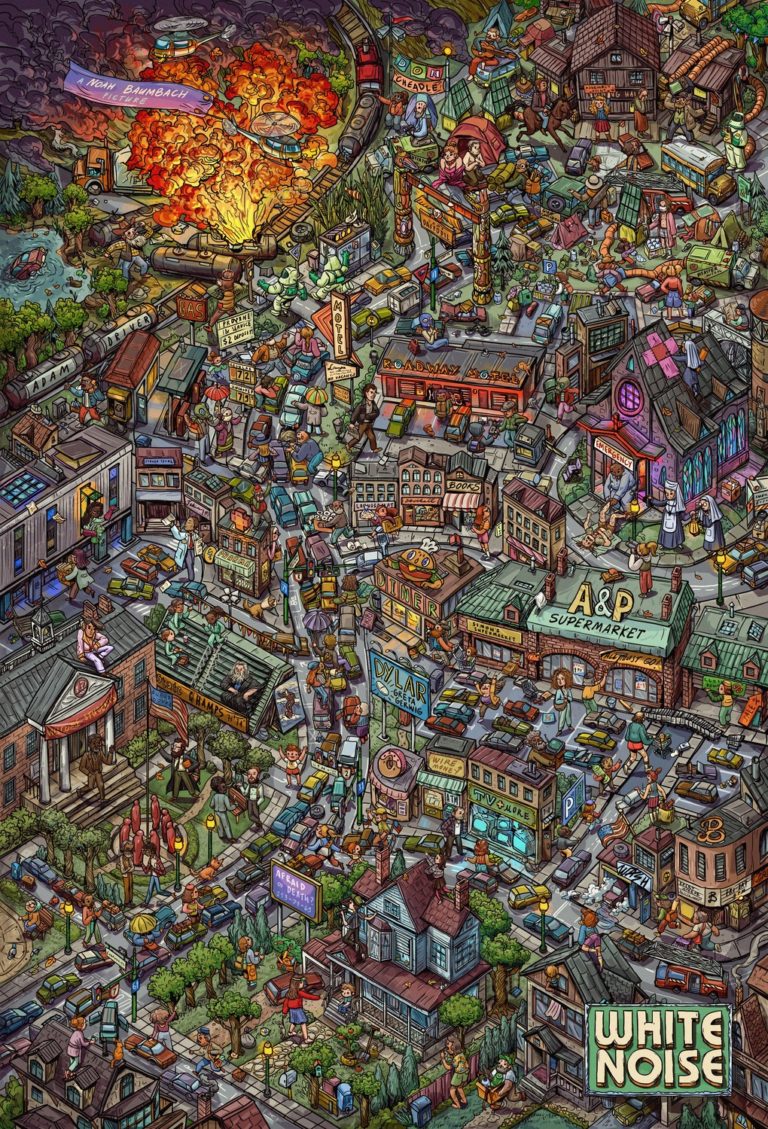Welcome back to the Resident Evil love/hate series! In this entry we’ll be going over the original...
popular culture
Welcome back to the Resident Evil love/hate series! Now that we’ve been through all the main entries...
Welcome back to the Resident Evil love/hate series! In this entry we’ll be going over the third,...
Welcome back to the Resident Evil love/hate series! In this entry we’ll be going over one of...
Welcome back to the Resident Evil love/hate series! It has been quite a while since the last...
Hide your 3D printer and grab your Imperial Infantryman’s Uplifting Primer, the wokes are coming for Warhammer...
I may not be writing as much as I used to, but it’ll be a cold day...
Welcome back to the Resident Evil love/hate series! In this entry we’re looking at Resident Evil: Operation...
Welcome back to the mostly-annual year-end countdown of the best movie posters of the year! In case...
Welcome back to the Resident Evil love/hate series! In this entry we’re looking at Resident Evil Village,...
Yeah that’s right, this one doesn’t even have the Resident Evil moniker, Capcom literally just called it...
Welcome back to the Resident Evil love/hate series! In this entry we’re looking at Resident Evil: Revelations...
Welcome back to the Resident Evil love/hate series! In this entry we’re going to start arguably the...
Welcome back to the Resident Evil love/hate series! In this entry we’re going to be looking at...













